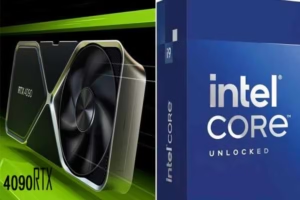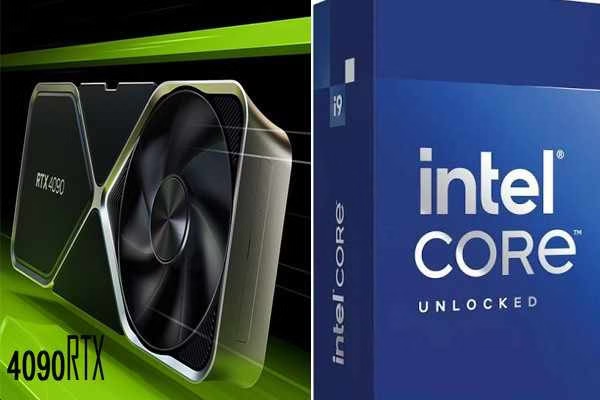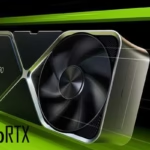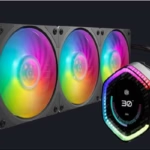The central processor unit {CPU}, sometimes known as the ‘brain’ of the computer, is made up of billions of transistors and can have numerous processing cores. Because it carries out the commands and procedures required for your computer and operating system, it is crucial to all contemporary computing systems. CPU and GPU are designed for different uses and have different designs.
A CPU: what is it?
The Central Processors unit {CPU}, sometimes known as the ‘brain’ of the computer, is made up of billions of transistors and can have numerous processing cores. Because it carries out the commands and procedures required for your computer and operating system, it is crucial to all contemporary computing systems. Additionally, the CPU has a significant role in determining how quicklies applications may execute when performing tasks like web browsing, spreadsheets construction, and calculations for game physics and other programs.
A GPU: What is it?
Numerous smallers, more specialized cores make up the graphics processing unit {GPU}. Through collaboration and the simultaneous (or concurrent) distribution of processing jobs over numerous cores, these cores provide enormous performance. The GPU performs exceptionally well in highly parallel activities, such as rendering graphics while playing games, modifying videos data while creating content, and processing the outcomes of demanding AI workloads.
What makes a CPU and a GPU different from one another?
CPU and GPU have several characteristics, including being silicon-based microprocessors, handling data, and being essential computer engines. However, CPU and GPU are designed for different uses and have different designs.
The CPU is appropriate for a number of jobs, particularly those that require per-core speed or latency. The CPU is a strong execution engine that concentrates its limited number of cores on completing tasks individually and efficiently. Because of this, it is particularly well-suited for tasks like running databases and serial computing, which involves only one activity being carried out at a time on a single processor.
In the beginning, GPU were application-specific integrated circuits {ASIC} made for specific uses, such speeding up graphics and 3D rendering for games. These fixed-function engines gained flexibility and programmability throughout time. Although its primary purpose is still graphics and realistic game images, GPU are now more general-purpose parallel computers that can handle a wide range of applications, including artificial intelligence.

How about a combo of CPU and GPU?
To provide integrated graphics and other advantages, some CPU come with a GPU on the same chip. There is no need for extra discrete or dedicated graphics with this CPU/GPU combination. It is frequently found in gadgets like laptops, tablets, cellphones, and even desktop computers where small size and energy efficiency are crucial.
Compared to dedicated graphics processors, CPU with integrated GPU offer advantages in terms of space, cost, and energy efficiency. Additionally, they offer the power to interpret graphics-related data and commands for routine operations. Video editing, streaming media, and light gaming are all excellent uses for processors with integrated graphics.


